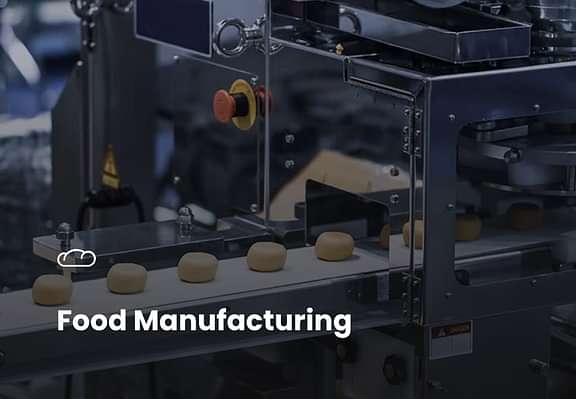Changing the Food Industry One Bite at a Time

The food manufacturing and packaging industry, traditionally characterized by labor-intensive processes and high variability, is now undergoing a quiet revolution thanks to vision-powered AI. As consumer hunger for higher quality, safety, and sustainability grows, so too does the need for technologies that can streamline operations while ensuring strict adherence to food regulations and quality standards.
Vision-powered AI leverages deep learning and advanced image processing, is particularly well-suited for addressing the unique challenges of food production and packaging. Whether it’s ensuring the uniformity of products, detecting contamination, or optimizing packaging processes, Vision AI provides real-time insights that traditional systems cannot match.
Key Applications in Food Manufacturing:
- Quality Control and Consistency: In industries where product consistency is essential, such as bakery or beverage production, Vision AI systems can inspect products in real time to ensure uniformity in size, shape, color, and texture. These systems can detect deviations with a level of precision that far surpasses human inspection, ensuring that every product meets stringent quality standards.
- Contamination Detection: Ensuring food safety is paramount, and Vision AI plays a critical role in detecting contaminants or foreign objects that could compromise product integrity. Whether identifying fragments of packaging material or detecting subtle contamination that could pose a health risk, Vision AI’s ability to analyze images at high resolution reduces the risk of product recalls or safety violations.
- Packaging Optimization: In packaging processes, Vision AI enables highly efficient inspection of package integrity, labeling accuracy, and even seal quality. This technology not only ensures that packaging meets regulatory standards but also helps reduce waste by identifying defects early in the production process. Furthermore, Vision AI can monitor fill levels in real-time, ensuring proper portioning while minimizing waste.
- Sustainability and Waste Reduction: Food manufacturers are increasingly focused on sustainability, seeking ways to reduce waste in both food production and packaging materials. Vision AI aids this effort by enabling precise sorting, identifying defects, and ensuring efficient use of raw materials. By reducing errors and optimizing processes, Vision AI directly contributes to minimizing environmental impact.
A New Era of Efficiency and Safety
The application of Vision AI in food manufacturing goes beyond just operational improvements; it represents a shift toward more sustainable, efficient, and safer production environments. With the ability to inspect, analyze, and optimize in real-time, Vision AI is reducing human error, driving down costs, and ensuring that quality and safety remain at the forefront of every stage in the food production and packaging lifecycle.
As consumer expectations evolve, Vision AI will continue to play a pivotal role in helping manufacturers respond to demands for greater transparency, quality, and sustainability in food production. It’s not just about automation — it’s about enabling smarter, safer, and more efficient ways to meet the needs of a dynamic and rapidly changing industry.